What forms of capitalism are emerging in Mongolia? How capitalist is Mongolian capitalism? These are questions that an interdisciplinary group of scholars associated with the Emerging Subjects project at University College London and the National University of Mongolia (NUM) explored at the workshop, ‘Mongolian-Made’ Capitalism, held at the Mongolia-Japan Center in Ulaanbaatar on November 16th. The goal of the workshop was not to produce a definitive answer about what capitalism ‘is’ in Mongolia. Rather, the workshop explored the ways in which capitalist economic activities have become part of many Mongolian peoples’ everyday lives, and how this in turn shapes capitalism more broadly.
While we called the event a ‘workshop’ during planning, in actuality it felt more like a conference given the large number of people in attendance and the quality of research material presented. Expertly organized by Rebekah Plueckhahn and Bumochir Dulam, the workshop brought together junior and senior researchers from disciplinary backgrounds including anthropology, economics, geography, and sociology. As Rebecca Empson explained in the introduction, the workshop served to feature aspects of research conducted within the larger Emerging Subjects project, especially collaborations between researchers at UCL and the NUM. Because the workshop occurred a little past the halfway point of the Emerging Subjects project (2014-2018), and followed many months of fieldwork in Mongolia, it provided a chance for us to present initial findings and get feedback from others before the next phase of analysis, writing, and publication.
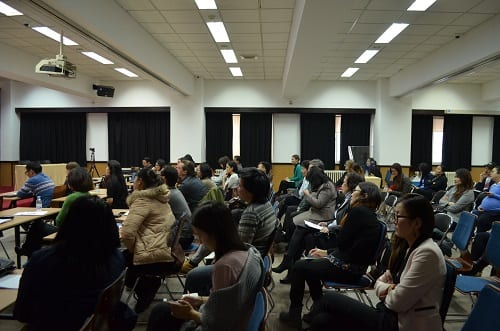
Over 100 people attended the workshop, including a large number of undergraduate and graduate students from the Department of Archaeology and Anthropology at NUM, as well as faculty from other university departments, researchers, journalists, and politicians. Workshop panels were chaired by a wonderful group of university professors and public leaders: S. Munkhbat (NUM, Political Studies Department), B.Tuvshintugs (NUM, Economics Department), and Ts. Delgermaa (Ministry of Environment and Green Development, Director of Onon River Authority).
In addition, interlocutors involved in the research of Emerging Subjects’ project members – such as herders, mining investors, entrepreneurs, and environmental activists – came from Ulaanbaatar and the countryside to attend the workshop. The diversity of backgrounds and the availability of simultaneous English and Mongolian translation during presentations contributed to lively engagement among those in attendance, especially during tea and meal breaks.
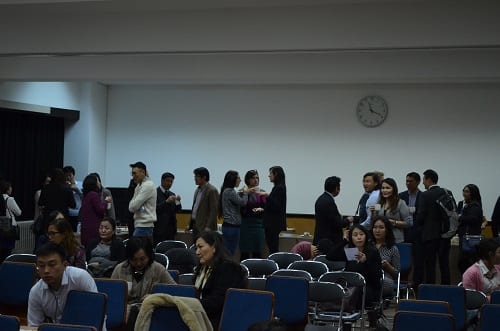

Making Capitalism
Rebekah and Bumochir kicked-off the workshop by calling attention to the varied meanings of capitalism, both as a theoretical concept and as an empirical experience. Rebekah drew theoretical insight from scholarship on the heterogeneity of capitalist practices, highlighting how capitalism is never a complete project, but always something that is being constructed through the interaction of local and global processes. She explained that the workshop presentations demonstrate the concrete, grounded ways in which capitalism is constantly made and remade through social practice and engagement with the material world. Attending to the specifics of capitalism in this manner is quite different from approaches that tend to treat capitalism as an abstract background context from which economic activities and interventions take place.
Bumochir’s presentation extended these points by critiquing the notion that capitalism is a singular as well as recent economic form. By tracing the long durée of capitalism in Mongolia, he explored how practices associated with capitalism, such as private property ownership, wealth accumulation through debt and usury, and market integration have deep historical roots in the country, particularly during the period of independence in the early 20th century.
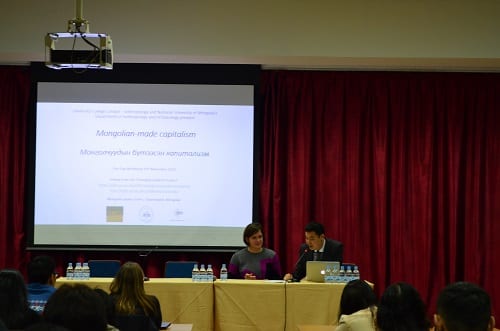
From this overview we also learned that Mongolians have long been co-creators, not just recipients, of capitalism. I built on this idea in my discussion of the active role played by Mongolian individuals in developing the extractive industry as a pillar of the market economy following Mongolia’s democratic transition. I. Byambabaatar further elaborated this theme by illuminating the diverse non-capitalist economies that proliferated in Mongolia following the mainstreaming of national neoliberal economic politics in the 1990s. He detailed how activities he termed ‘survival assemblages’, such as trading animals skins and scrap metal, or mining for gold, continually flourish in the midst of capitalism, perhaps enabling its very existence.
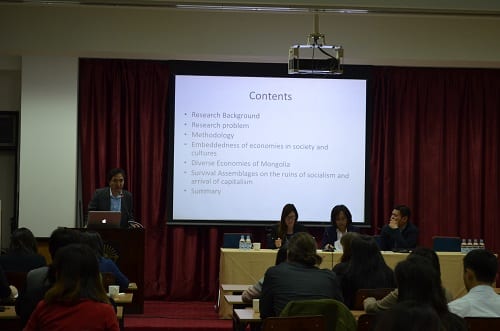
A Capitalist Continuum?
For some Mongolians, the fact that the economy is a mix of economic forms with varying degrees of market, state, and individual influence seems to present some ideological and practical challenges. G. Munkherdene introduced us to the rise of pro-capitalist intellectuals in Mongolia who seek to both conceptualize and create ‘genuine’ capitalism as opposed to the ‘wild’ or ‘primitive’ (zerleg) capitalism that is often said to characterize the country’s volatile economy. Through the publication of western books about liberal economic theory, and the high level of interest among groups of young people to read and discuss these books, he argued that there is the sense that Mongolians could, and should, model a ‘genuine’ capitalism that exists elsewhere (though namely in America).
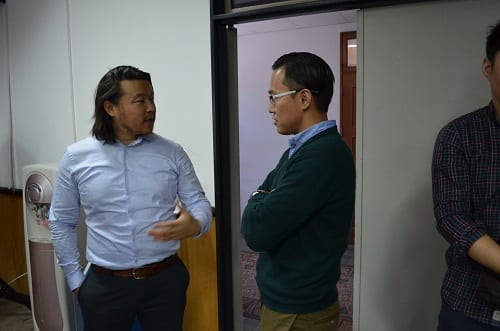
This view of the Mongolian economy as being on a linear path stretching upwards towards an economic ideal seems to be prevalent not only among these intellectuals, but also among Mongolians more generally. For instance, following the talk I gave based on research with S. Tuya about pre-election gifting strategies among political candidates, a number of attendees variously asked whether the giving of gifts like noodles or cash before an election is a corrupt symptom of a kind of ‘embryonic’ experience of democracy and capitalism. One person questioned whether these practices will persist as Mongolia becomes “more developed” and “less like America 50 years ago”.
The Generative Nature of Capitalism
While tracing economic trajectories and comparing economic forms in Mongolia to elsewhere has value analytically and in terms of policy-making, many of the presenters at the workshop challenged an evolutionary approach to the economy that presumes the existence of ‘higher’ and ‘lower’ stages of development. Instead, there was an interest in capturing and understanding the generative quality of capitalism to bring about new social, economic, biophysical, and political worlds (an orientation common in current scholarship in economic anthropology).
Bayartsetseg and Rebekah Plueckhahn’s collaborative presentation illuminated the capitalist landscapes that are coming into being in the ever-changing ger districts of Ulaanbaatar. They showed how the strategies people employ to obtain land possession rights and access to infrastructure– such as constructing wood fences or occupying land through the tactical placement of one’s home or business – is transforming the material, legal, and commercial dimensions of land around the city. According to them, everyday strategies are not simply responses to capitalism, but means of creating landscapes that are productive of new forms of economic activity and ways of living.
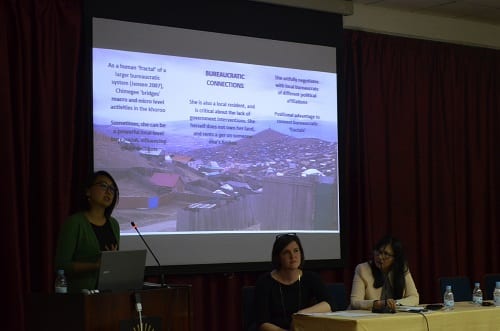
Also highlighting the strategies employed to generate economic activity was C. Narantuya and Rebecca Empson’s interdisciplinary examination of the popularity of business groups in Mongolia. Given the current climate of economic crisis, where the private sector is struggling to access cash and repay mounting debts with little support from the government, they discussed how informal groups formed between small and medium enterprises across diverse sectors like mining, catering, and construction create potentials for sustaining business through the trading of resources like tenders, contracts, contacts, and materials. This, in turn, shapes the structure of business in Mongolia, whereby group alliances can be more a matter of ensuring survival than profit accumulation per se.
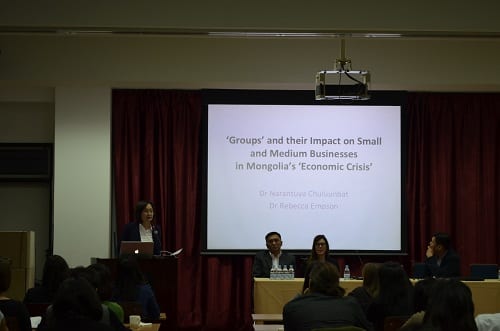
Capitalisms’ Risks and Crises
While capitalism can present new possibilities, the workshop also highlighted the risks and crises that are inherent in capitalism as a restless and often ruthless form of economy. For Mongolia, the nature of risk and crisis seems to be growing as a result of Mongolia’s recent embrace of foreign debt. This was the topic of H. Batsuuri’s talk, which analyzed Mongolia’s high levels of public and private debt. He argued that debt accumulation in Mongolia, particularly by private enterprises, has become dangerous because debts are dominated in foreign currencies rather than the depreciating tugrik. He suggested that a looming debt repayment crisis may be far worse than what is portrayed by the government and the media, with few long-term solutions in sight.
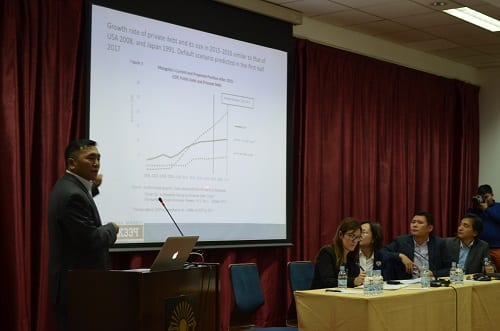
Increasing financialization has thrust Mongolia into global circuits of debt and accumulation. It has also changed the scalar orientation of people’s lives. D. Byambajav demonstrated this in his talk about herders living in the vicinity of the Oyu Tolgoi mega-mine in the Gobi. He discussed how herders have lodged complaints about mining-induced environmental impacts with the IFC, which has financed the project operated by Rio Tinto. While large-scale mine developments have contributed to experiences of livelihood and resource dispossession in the Gobi, he shows that it has also ushered in new opportunities and challenges to address these experiences at transnational scales.
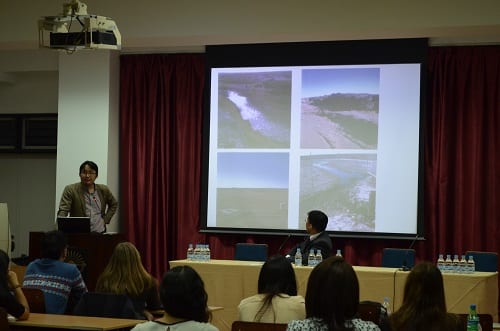
Hedwig Waters’ talk revealed in ethnographic depth what it feels like to live the contradictions of capitalism on Mongolia’s geographic and economic edge. Documenting her recent fieldwork in Khalkh Gol along eastern Mongolia’s Chinese border, she shed light on the growing discontent among rural people as they negotiate the surge of ‘outsiders’ from Ulaanbaatar, China, and elsewhere seeking to turn a profit from their land through export agriculture, oil development, and illegal border trade. Hedwig illuminated how residents of Khalkh Gol are questioning the current political and economic status quo using language that bears striking resemblance to the grassroots populist protesters who supported Donald Trump in the US election because of his purported commitment to protectionism and promise to bring about something new.

Other Possibilities
The topic of what economic possibilities exist for Mongolia (and elsewhere) featured at the end of the conference. We were honored to have former parliament member and Minister of Environment and Green Development, S. Oyun, wrap up the workshop with a discussion of the need to move beyond economic activities that privilege growth and profit at the expense of human and environmental well-being. Drawing on the new climate economy concept, Oyun made the argument that Mongolia has the potential to move away from a market- and export-oriented economic structure and lead the development of other industries, like those that harness intangible and intellectual assets.
Yet, as many speakers and participants noted, one of the challenges that seems to persist for Mongolia is the failure of legal and political systems to uphold and put into practice progressive measures that would foster diverse and more viable livelihoods, environments, and economies.
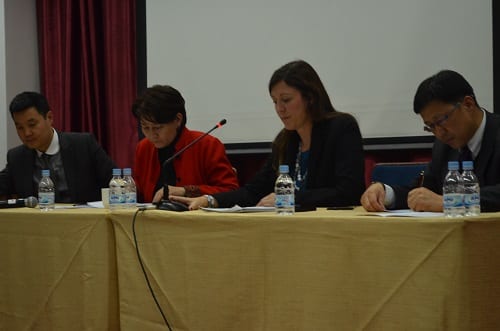
What’s Next?
Following the workshop, a few media outlets in Mongolia covered the workshop. The UB Post wrote a story in their print version, Büro 24/7 interviewed Bumochir, and TV9 featured an interview with H. Batsuuri for their Daily News Program. In the coming months, presenters will transform their talks into articles that we plan to publish in a special issue of an academic journal. We also anticipate that the collaborations that have begun between scholars at UCL and NUM through the Emerging Subjects project will be just the beginning of long-term research partnerships.
For more information about the workshop, feel free to contact the organizers, Bumochir Dulam (b.dulam@ucl.ac.uk) and Rebekah Plueckhahn (r.plueckhahn@ucl.ac.uk), or download the Workshop Program.
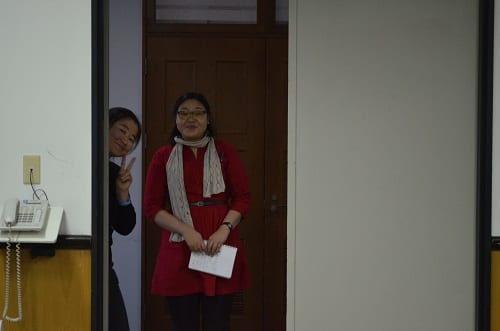
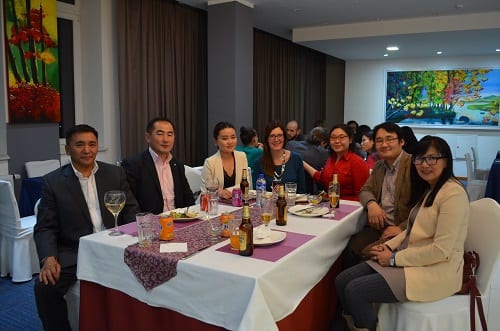
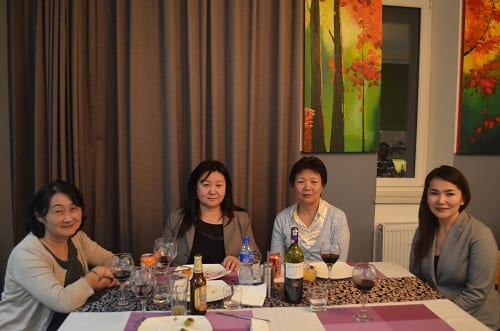

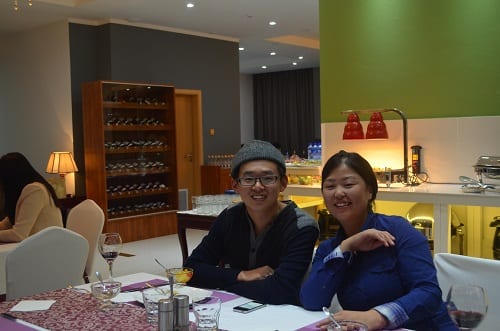
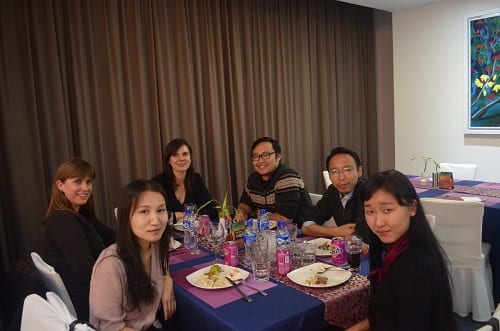
Many people contributed their time and effort to make the workshop a success. Special thanks goes to the National University of Mongolia’s Department of Anthropology and Archaeology. In particular, we extend sincere appreciation to: Ts. Tsetsegjargal, the chair of the department; members of departmental staff, D. Dolgorsuren, M. Oyundelger, M. Erdene, and Sh. Uranchimeg; and students, B. Erdenezaya and B. Doljinsuren. G. Munkherdene also provided invaluable last minute assistance. Finally, we are grateful to the National University of Mongolia, the Japan and Mongolia Culture Center, and the Puma Restaurant.
All photos © B. Doljinsuren.
Filed under Project News, Uncategorized
Tags: capitalism, civil society, conference, development, environment, Gobi, herding, informal politics, land, local business, mining, mongolian economy, Mongolian studies, Oyu Tolgoi, politics, urbanization, workshop
26 Comments »
 Close
Close





















